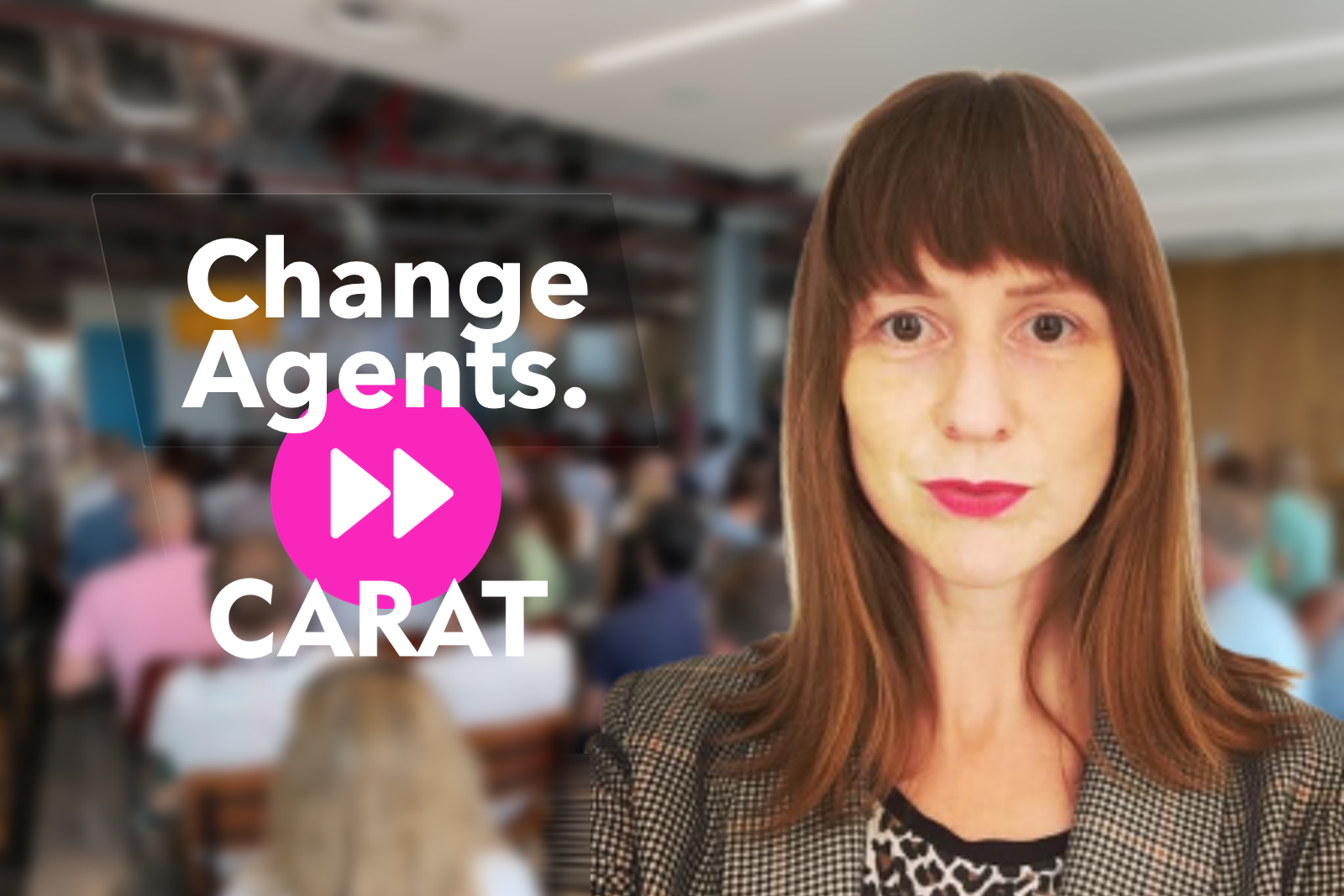
What’s top of my mind
The most urgent issue the industry faces is that of attention.
The explosion in technology, digital content and new ad formats has created both the motive and the means for people to screen advertising out of their lives. The effect, as revealed by dentsu’s Attention Economy research, is that only a third of ads gain full attention. When people can skip ads, they often do. And when they can’t skip, they often look away.
Overall, the industry has been slow to react to the challenge, still leaning heavily on traditional media currencies such as impressions, reach and ‘opportunities to see’.
Our research has given us a fantastic start in tackling the issue, with a data set rich in both scale and scope that measures not just attention paid, but also the effect of that attention. This insight is directly impacting our approach to planning, buying and evaluating media.
Brands’ big opportunity
The biggest opportunities right now lie in brands’ response to two key challenges facing our society: the cost of living crisis and a potential recession.
Brands demonstrating better human understanding enjoy accelerated growth, by leveraging the five key drivers of EQ – empathy, motivation, self-regulation, self-awareness and social skills. These are the qualities that brands must double down on to help their customers through the current crises.
Downturns are a time when new needs are there to be met. The cost of living crisis has hit different groups differently; it will make any given brand more attractive to some people, and less attractive to others.
Facing into a recession, brands have the opportunity to future-proof themselves by resisting the temptation to cut marketing spend, instead holding firm to maintaining their presence in market. This view is supported by a century of evidence (Roland Vaile, McGraw Hill, Kamber, IPA) of how behaviour during a recession affects brand health in the short and longer term.
What defines a quality media environment
A quality media environment fulfils three criteria:
- One in which we can find our audience and can pull precise audience definitions right through into activation, which we do using dentsu’s proprietary Connected Consumer System (CCS).
- One where we can be confident that the audience will pay attention to our message. Whilst this used to be judged on the impact of media formats alone, our research now shows it is a combination of formats, environments, devices and moments that are most likely to drive effective attention.
- Finally, it is about getting into the right context. We know that contextually-relevant media tends to significantly outperform media that is not – so a quality environment is also one that chimes with the tenor or the subject matter of the advertising. We use our Contextual Intelligence tool, which crawls 1.2m publisher article pages daily, to pair advertising context with messages.
Transforming the agency
Carat’s ethos is Designing for People. To connect our clients’ brands with existing and potential customers and to deliver growth for their businesses, we strive to be in tune with what audiences think, how they feel and what they need.
The need to design for people won’t change. But our ambition is to vastly increase the speed of access to the data that allows us to unlock and act on human insight and understanding.
In five years’ time, I anticipate every one of our people working on client business, together with their clients, having access to real-time, collaborative dashboards that consistently take the pulse of the nation, allowing us to be instantly reactive to changing consumer needs.
While, today, activating dynamic campaigns around functional data such as weather or traffic is already the norm, we’ll increasingly be able to tap a rich stream of emotional data such as public perception, mood and desire, to drive ever closer consumer connections.